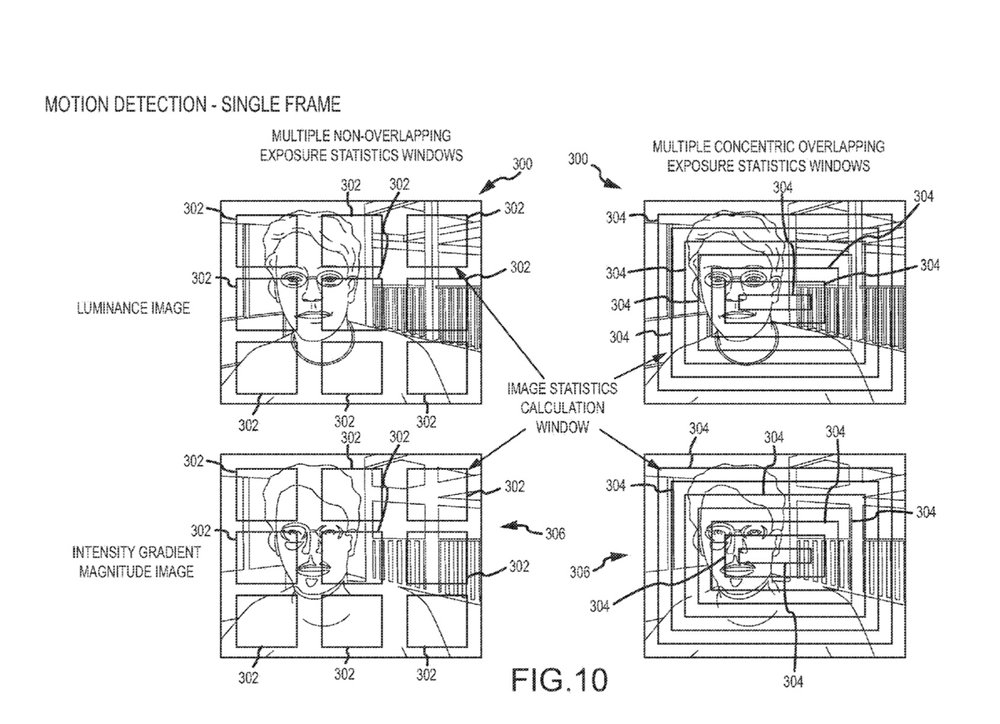Future Macs may “wake up” when they detect your presence and take action based on exactly where you are. Apple has filed for a patent (number 20170193282) for “presence sensing.”

The “presence-based functionality” method may include operating the Mac in a reduced power state and collecting a first set of data from a first sensor. Based on the first set of data, the computer determines if an object is within a threshold distance of the Mac.
If so, the device activates a secondary sensor (a microphone or camera) to collect a second set of data. Based on the second set of data, the Mac determines if the object is a person. If the object is a person, the computer determines a position of the person relative to the computing device and executes a change of state in the computing device based on the position of the person relative to the computing device.
For example, movement toward the Mac may activate more features, such as providing more options/menus in a user interface, whereas movement away from the device may reduce the number of features available to a user, such as reducing the number of menus/options and/or reducing or increasing the size of the options displayed. Additionally or alternatively, the display may zoom in or zoom out based on movement towards or away from the device.
If the object isn’t a person, the computer remains in a reduced power state.
In the patent filing, Apple notes that many computing devices are equipped with power saving features/modes intended to reduce power consumption when a user is not using the devices. Often, these power saving features are implemented though timers that count down a set amount of time from when the user last provides an input to the device. For example, a particular device may be configured to enter a sleep mode, or other mode that consumes less power than a fully operational mode, when a user has not provided input for five minutes.

Occasionally, however, a device may enter the power saving features/modes while a user is still using the device. For example, the power saving features may be entered because the user failed to provide input within the time period set for the timer while reading content on the device, viewing a movie, or listening to music.
Additionally, recovery from the power saving feature/mode may take time, may even require the user to enter credentials, and generally may be a nuisance to the user. Apple wants to change this.
Of course, Apple files for — and is granted — lots of patents by the U.S. Patent & Trademark Office. Many are for inventions that never see the light of day. However, you never can tell which ones will materialize in a real product.
